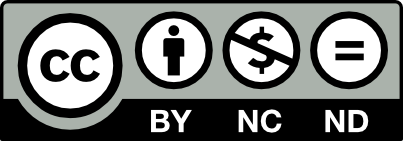Effect of shot peening on corrosion resistance of additive manufactured 17-4PH steel
Artykuł w czasopiśmie
MNiSW
70
Lista 2023
| Status: | |
| Autorzy: | Świetlicki Aleksander, Walczak Mariusz, Szala Mirosław |
| Dyscypliny: | |
| Aby zobaczyć szczegóły należy się zalogować. | |
| Rok wydania: | 2023 |
| Wersja dokumentu: | Drukowana | Elektroniczna |
| Język: | angielski |
| Numer czasopisma: | 3 |
| Wolumen/Tom: | 40 |
| Strony: | 135 - 151 |
| Impact Factor: | 1,3 |
| Web of Science® Times Cited: | 19 |
| Scopus® Cytowania: | 19 |
| Bazy: | Web of Science | Scopus |
| Efekt badań statutowych | NIE |
| Materiał konferencyjny: | NIE |
| Publikacja OA: | TAK |
| Licencja: | |
| Sposób udostępnienia: | Witryna wydawcy |
| Wersja tekstu: | Ostateczna wersja opublikowana |
| Czas opublikowania: | W momencie opublikowania |
| Data opublikowania w OA: | 3 marca 2023 |
| Abstrakty: | angielski |
| Components produced by additive manufacturing (AM) via direct metal laser sintering (DMLS) have typical as-fabricatedsurface defects. As a result, surface properties of AM products should be modified to increase their strength, anti-wear behavior,and at the same time ensure their high corrosion resistance. Surface modification via shot peening (SP) is considered suitable forAM of engineering devices made of 17-4PH (X5CrNiCuNb16-4) stainless steel. The objective of this study was to determinethe effect of three types of peening media (CrNi steel shot, glass, and ceramic beads) on the corrosion resistance of specimens ofDMLS 17-4PH stainless steel. Results demonstrated that SP caused steel microstructure refinement and induced both martensite(α) formation and retained austenite (γ) reduction. 17-4PH specimens peened showed the increase in surface hardness of 255,281, and 260 HV0.2for ceramic, glass, and steel, respectively. DMLS 17-4PH specimens modified by SP exhibited differentsurface morphology, hardness, and microstructure and thus, these properties affect corrosion performance. The results impliedthat steel shot peened with steel shot showed the highest resistance to corrosion processes (Icorr= 0.019μA/cm2), slightlyworse with glass (Icorr= 0.227μA/cm2) and ceramics (Icorr= 0.660μA/cm2) peened. In the case of ceramic and glass beads,it was possible to confirm the presence of the above-mentioned particles in the surface layer after SP. |

